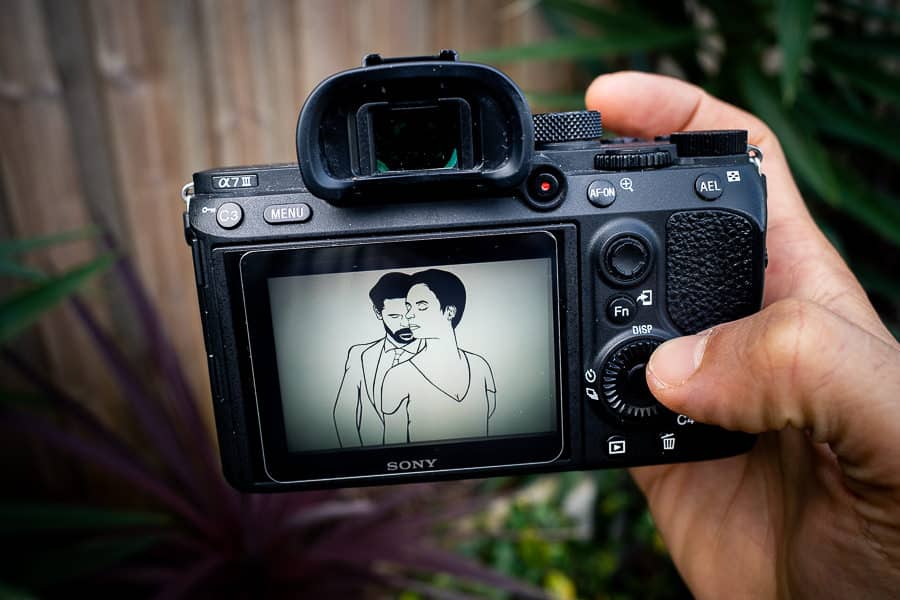

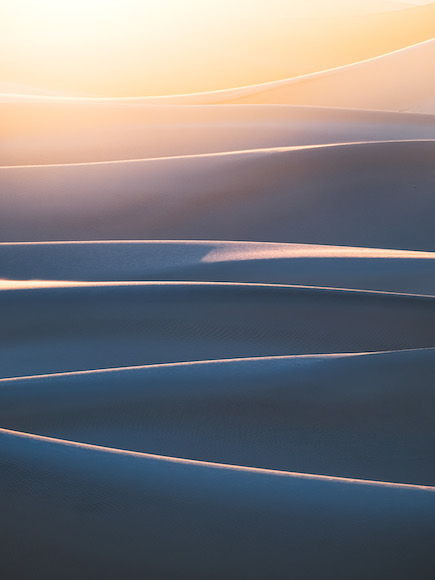

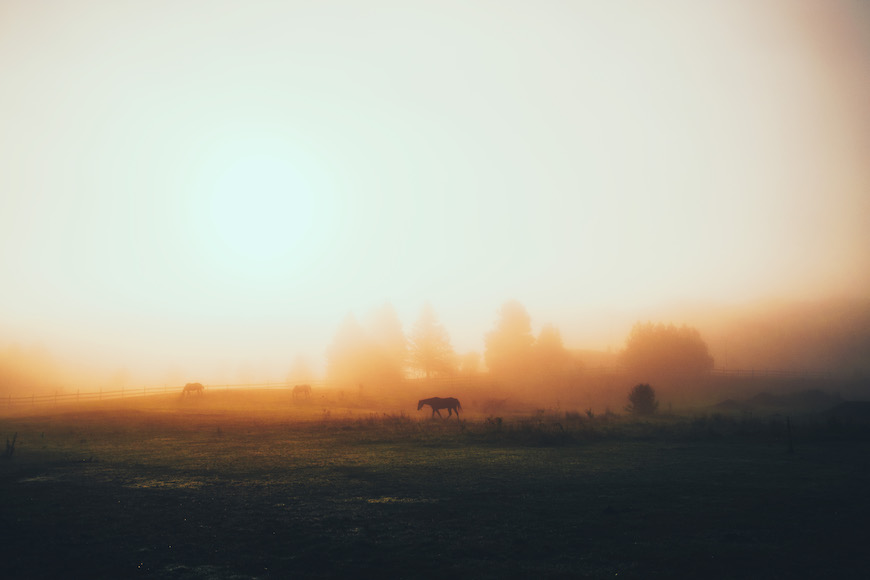

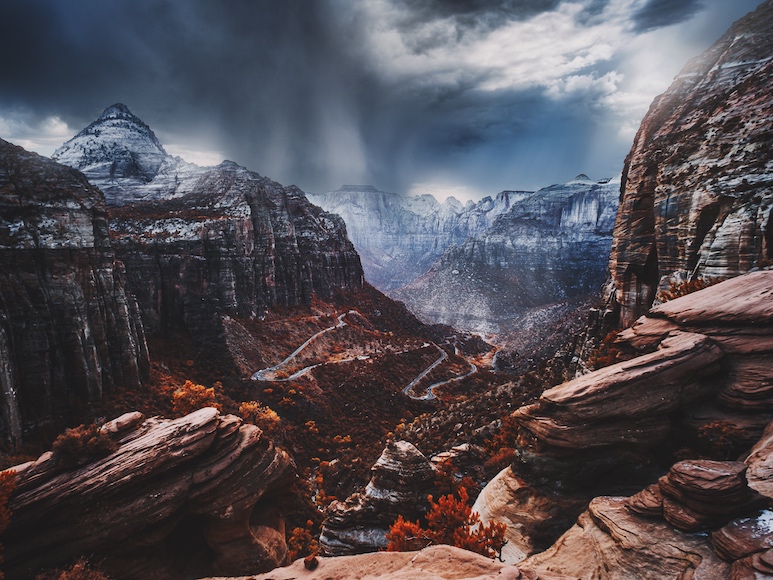
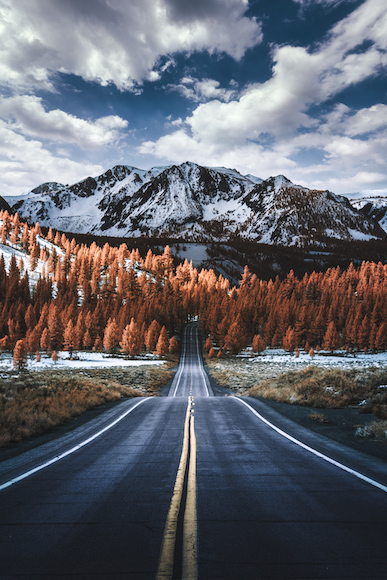
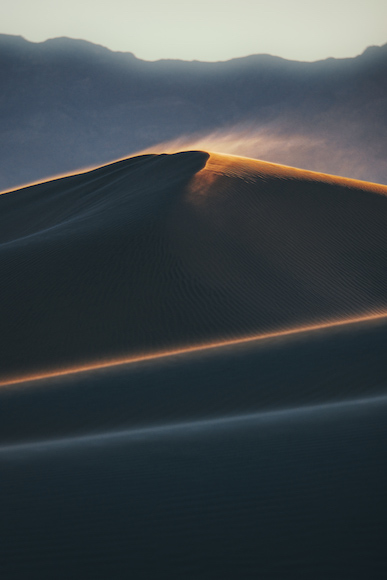
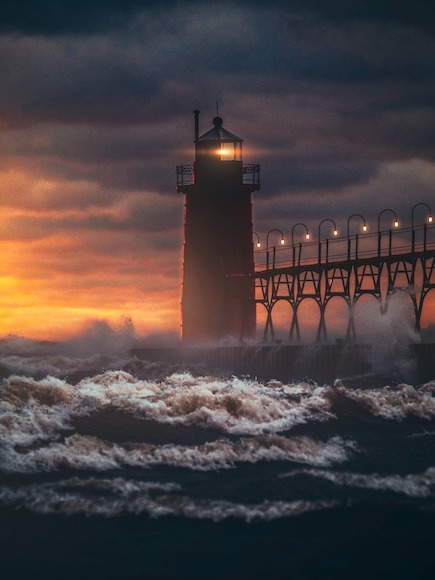
Bryan Minear
Landscape | Last Updated: November 1, 2022
Hey everyone! My name is Bryan Minear, and I’m a landscape photographer based in Michigan.
Yeah… I know it’s not exactly known for its epic landscape scenery, but I make do with what I have and travel when I’m not working my full-time design job or spending time with my family.
In a lot of ways, learning to photograph landscapes in a place as mundane as the midwest has forced me to become more creative with my compositions as well as the way that I approach color in my work.
I’ve been a Fujifilm X-Photographer (fancy for Ambassador) since 2015. But I would be shooting with the Fujifilm system regardless of any official affiliation.
Cameras
Fujifilm GFX100S – this is the camera that I coined the landscape photography camera of my dreams, and I don’t say that lightly.
The depth of color information and dynamic range of the massive one-hundred-and-two-megapixel sensor has quite literally changed the way that I shoot and edit images.
All the while sharing batteries with my backup X-T4, which makes it the perfect primary body for the way that I shoot.
Fujifilm X-T4 – before the GFX entered the picture, Fujifilm’s X-T lineup was my go-to primary body beginning with the X-T1.
Even though it’s got about a quarter of the megapixel count of my primary body, I can always count on this as my speedy little companion shooter.
I most often use it when I want to shoot astrophotography without a tracker or I need to pair it with my XF70-300mm lens plus a 1.4X teleconverter for some crispy detailed moon shots.
Fujifilm X-T2 (Full spectrum sensor modified by Kolari Vision) – I have been shooting with this X-T2 since it came out in 2017. It holds a very special place in my heart as it was the first camera that I worked directly with Fujifilm on in launching.
I had it modified for full-spectrum shooting so that I could continue using it more regularly. My favorite filters to use are the Kolari Vision IR Chrome which simulates the look of Aerochrome film directly in the camera, but I also enjoy shooting 850nm and 720nm infrared.
It really is my go-to camera for “it’s way too green in Michigan during the summer.”
Fujifilm X100V – the chosen one. The original X100 was my gateway into the Fujifilm system that led me down a totally unexpected career path.
I love these cameras so much that I now have one tattooed right on my wrist!
This is my do-all documentary camera for when I’m out with family or with friends at an epic location. I have found that even the in-between moments are worthy of capturing, and this is the perfect camera to do it with.
Lenses
I am very particular about my lenses as they have to serve a unique purpose, or I can’t justify the added paradox of choice that I get when I am carrying too much gear.
Fujifilm GF 100-200mm f/5.6 – this is my absolute favorite lens. There is nothing better to me than a well-composed and compressed landscape scene from a telephoto lens, and this one has just the right amount of range.
The OIS + IBIS of the GFX100S always knocks my socks off with how well they perform together when handheld.
Fujifilm GF30mm f/3.5 – because a landscape photographer always needs a wide option, I’ve come to find that my preferred wide focal length has skewed from 15-16mm when I first started, all the way to 24mm equivalent, which is exactly where this lens hits the spot.
I know most people see f/3.5 and scoff, but let me tell you that wide open, this thing also has some sneaky fall-off and beautiful bokeh.
Fujifilm GF80mm f/1.7 – the lens that I never knew I needed. For a long time, I had a huge gap from 24mm (equivalent) all the way to 85mm (equivalent). I just never needed those in-betweens for the way that I shoot.
Then I tried the 80mm, and my life was forever changed. I still do a fair amount of commercial work for clients, and this tends to be the perfect field of view for that kind of work.
Paired with the absolute insanity of f/1.7 on a medium format sensor, you have yourself a recipe for success.
Fujifilm XF 70-300mm f/4-5.6 – for a long time, the XF50-140mm f/2.8 lens was my workhorse, but last year when the 70-300mm entered my life with more range in a smaller size, I didn’t even think twice.
Pair this with the XF1.4x teleconverter and my everlasting love of photographing the moon, and you’ll understand why it’s become a staple in my bag.
Fujifilm XF16mm f/1.4 – I call this the unicorn rainbow lens of the Fujifilm lens lineup. It’s amazing for astrophotography but also has a close-focus distance that is about the same length as the lens hood.
A wide-angle lens at f/1.4 can give you some WILD results. You just have to try it and see for yourself.
Fujifilm XF16-80mm f/4 – this is the lens that basically lives on my Full Spectrum X-T2. It has such an awesome range which means I don’t have to change lenses and filters all the time, and the OIS is great for shooting handheld.
Fujifilm XF10-24mm f/4 WR – I tend not to shoot ultra-wide much anymore, but if I ever find myself near a waterfall, this is THE guy!
iPad Pro M1 12.9 – my go-to field editor and graphic design machine.
H&Y K-series Filter Holder – with 10-stop, 4-stop, and 3-stop ND gradation. Great for those moments when f/32 just isn’t enough to slow things down. The magnetic attachment makes it far quicker to attach, adjust and remove filters.
Sandisk Extreme Pro 2TB SSD – gotta dump those photos somewhere, might as well be here.
Wandrd PRVKE 31 – this bag has been my favorite camera bag since 2018, and I am now on to my second one, the Gobi Tan (blemished) color, which looks enough like stormtrooper white, makes me feel extra special and is a whole vibe.
I know the perfect bag doesn’t exist for most people, but it does for me.
Feisol CT-3476 sticks with a Colorado Tripod Co. Aspen ballhead – sturdy and light, but I now have enough Death Valley sand inside these legs to fill one of those wedding jars.
Gear is fun… but it took me a very long time to decide what was right for the way that I shoot. There’s so much arrogance online these days about what gear is best, but that’s all a bunch of crap.
Just buy what you can afford and GO SHOOT. That’s it.
My first digital camera was a silver Canon Rebel XT that felt like it came out of a twenty-five-cent machine in the vestibule of K-Mart. I’ve come a long way since then, but everyone starts at square one.
Experiment often and have fun finding your own creative voice.
Never let some talking head on YouTube define your artistic vision.













